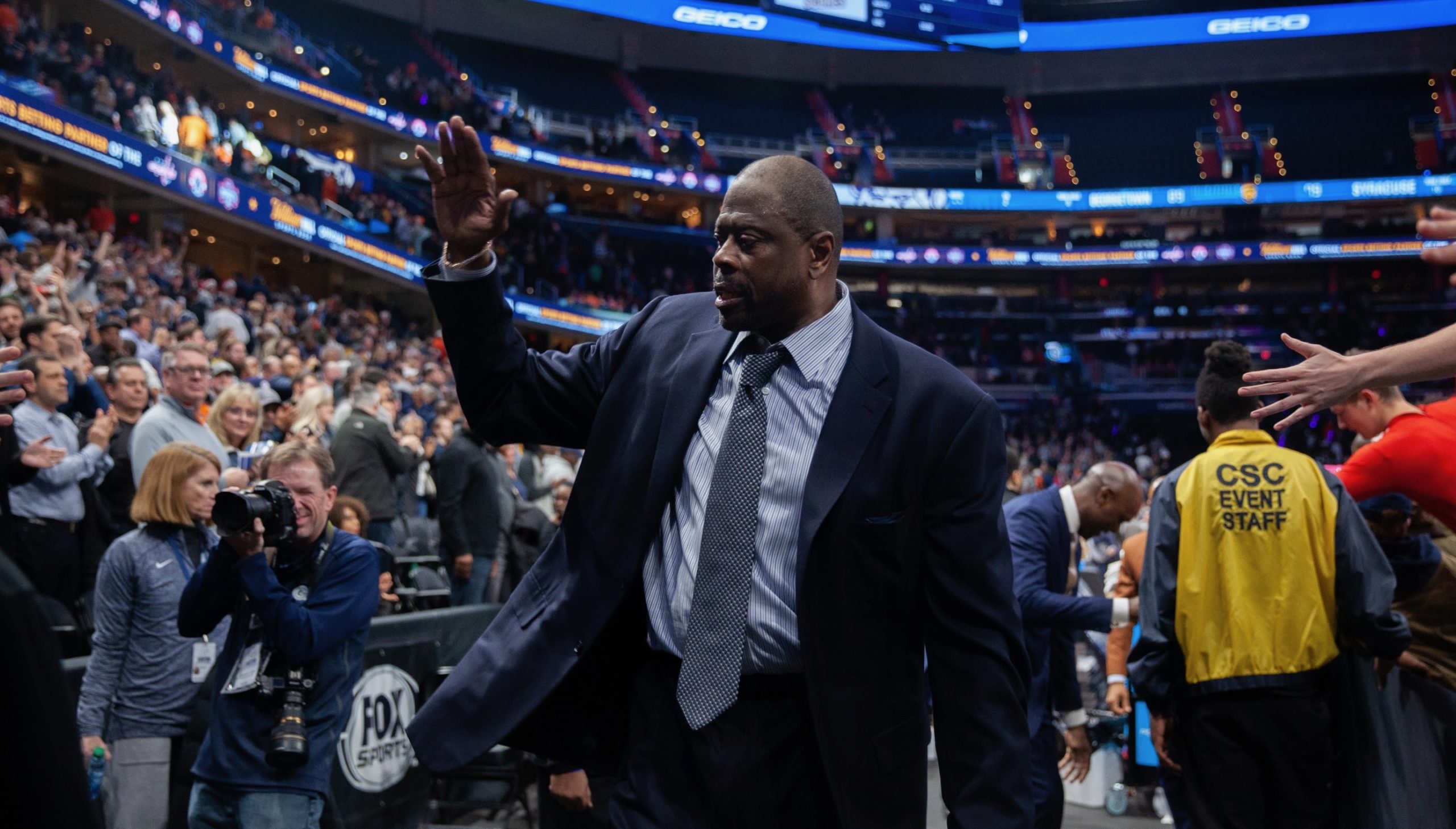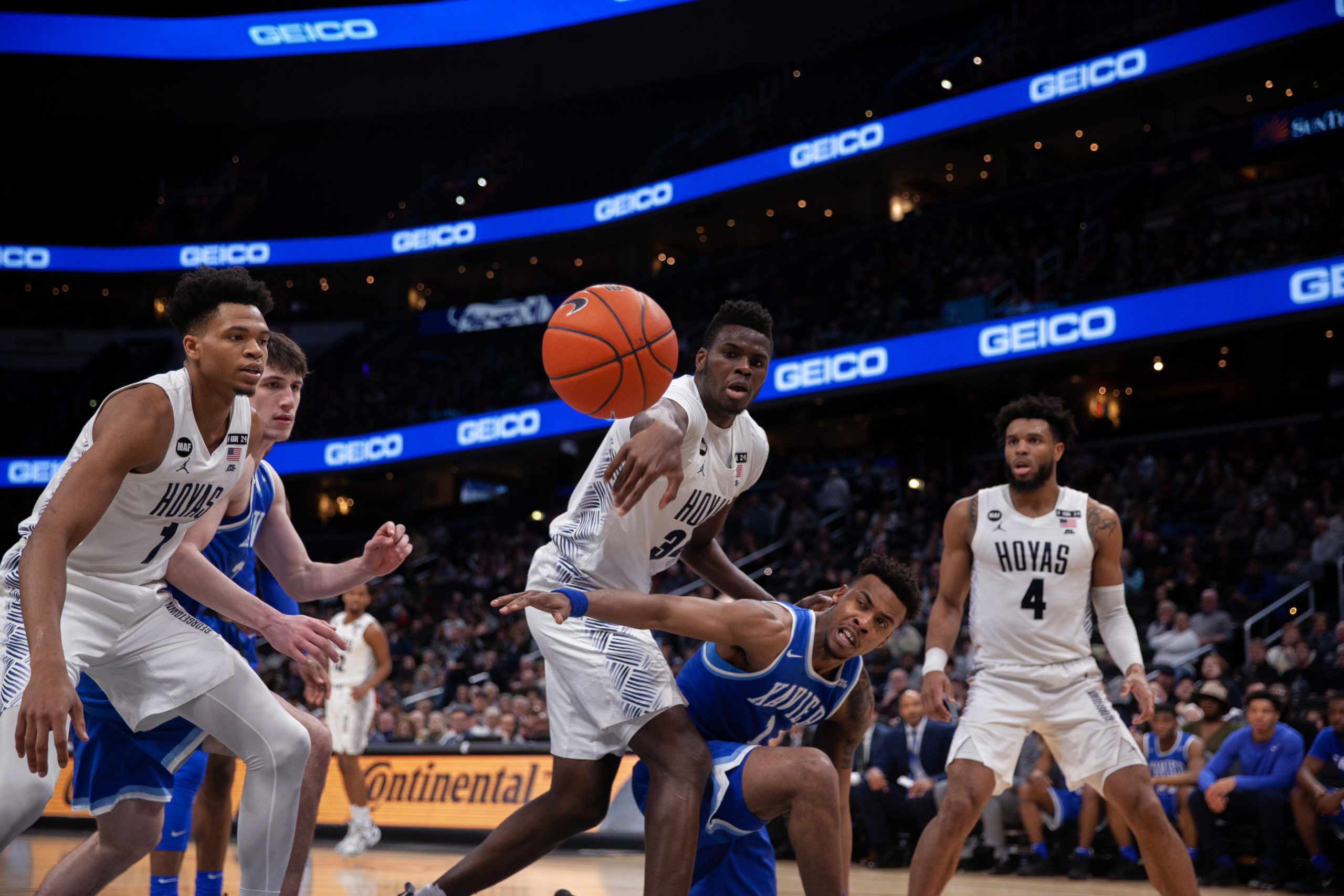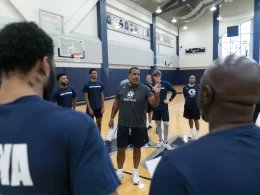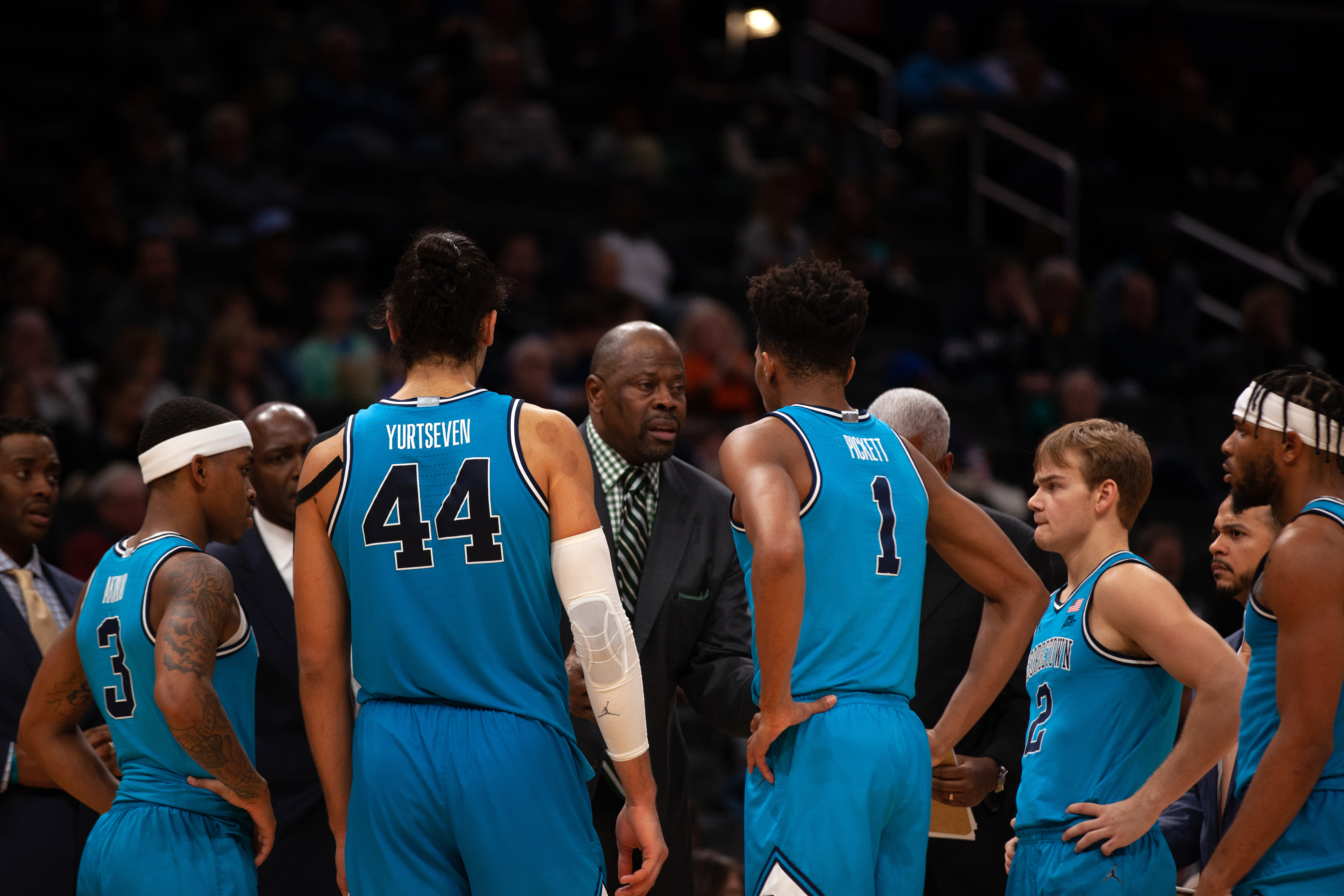Remember last year when there was talk that the Big East should be considered a mid-major? Ha. That take aged well.
Over the last two months, the Big East’s non-conference performance has been nothing short of spectacular. Finally, the college basketball world has begun to take notice.
As a matter of fact, the Big East’s collective non-conference winning percentage of just over 80% is the best among all conferences. Did I mention that the Big East soundly defeated the Big 12 (commonly thought to be one of the best conferences in the nation) 8-2 in this year’s inaugural Big East/Big 12 Battle? I can throw more numbers at you, but basically all you need to know is that the Big East is good. Really, really good.
With such a strong Big East conference, where does that leave Georgetown? I’ll first take a look at where the Hoyas’ tournament hopes stand at the moment, and then move on to what the Hoyas will need to do in conference play in order to make their NCAA dreams a reality.
Where do the Hoyas stand?
Back in October, I predicted that 10 non-conference wins would put Georgetown squarely in the NCAA tournament conversation. A 10-3 record is even more impressive given the Hoyas’ rough start and off-the-court issues, not that these things will matter to the selection committee in March.
What does matter on a tournament resume is the team’s body of work. The Hoyas currently rank 30th in the latest NET rankings, an evaluation tool used by the selection committee. For reference, no team with a NET ranking of 32 or better at the close of last season was left out of the NCAA Tournament’s field of 68. That being said, four teams with NET rankings of 38 or better found themselves on the wrong side of the bubble. Basically, if the season were to end today, Georgetown would be comfortable about their tournament chances. However, a bad conference record could put the Hoyas squarely on the bubble, or worse, out of the conversation entirely.
Gergetown’s strong NET ranking is in no small part due to their marquee wins. Road wins over Oklahoma State and SMU, as well as a neutral court win over Texas, should all count in the Hoyas favor on selection Sunday. Additionally, all three of Georgetown’s losses have come to quality opponents. Duke and Penn State both rank within the top-15 of the NET rankings and UNCG clocks in at a respectable 61.
Looking ahead to Big East play
Conference play will afford Georgetown plenty more opportunities to tally resume boosting wins. In fact, every Big East team besides Providence ranks inside the top-53 in the latest NET rankings. If the NET rankings were to stay the same as they are now for the rest of the season (which they assuredly will not) the Hoyas will play 11 Quadrant 1 games and six Quadrant 2 games as part of their conference schedule. (Need a refresher on the selection committee’s quadrant system? Click here)
The opportunity is there. It is now about taking advantage.
Each year since conference realignment, the Big East has sent at least four teams to the NCAA Tournament. Additionally, teams finishing with a conference record of 10-8 or better have advanced to the NCAA Tournament all but once, the sole exception being St. John’s in 2013-2014. All this tells us is that if Georgetown finishes in the top-half of the Big East with a record of 10-8 or better, they will all but guarantee themselves a bid to the Big Dance.
Finish 9-9 in conference, and things get a little more complicated. 10 Big East teams have finishing 9-9 since realignment; four of them have made the NCAA tournament. Not great, but certainly not unrealistic. Given the Big East’s strong non-conference performance, it’s very likely that a 9-9 team will get an at-large bid to the tournament. Still, a .500 in-conference record would leave Hoya fans sweating it out.
Let’s take the 2017-2018 Big East as an example of how narrow the difference can be between an NCAA Tournament appearance and watching from home. Until this year, the 2017-2018 Big East was largely considered the best the conference had been since realignment, sending 6 teams to the NCAA Tournament, including two number one seeds (in Villanova and Xavier). That year, both Butler and Marquette finished with three-losses in non-conference play, and each posted a 9-9 conference record. Butler earned a 10-seed in the tournament, while Marquette was left out. Perhaps it was the Bulldog’s upset of Villanova or the Golden Eagles’ loss to 11-20 Depaul that made the difference. Regardless, if Georgetown were to finish 9-9 this season, it would likely leave the selection committee to split hairs about the Hoyas’ fate. I don’t want a home loss to UNCG to rear its ugly head.
Finally, finishing 8-10 would leave Georgetown with almost no chance to sneak into the Big Dance. Last year’s St. John’s team has been the only 8-10 Big East team to earn an at-large bid since realignment. However, the Johnnies did enter Big East play a perfect 12-0. With three losses already, it would be a stretch for an 8-10 Hoyas team to make the NCAA tournament.
In a league as good as the Big East, every game is going to be tough. Even finishing .500 will be a tall task for this Hoyas team, especially given their lack of depth. Still, posting a 9-9 conference record, and at least one win in the Big East Tournament, is likely what it will take for Georgetown to have a realistic chance at an at-large bid heading into Selection Sunday.
Now take a deep breath, buckle your seatbelt, and prepare for the roller coaster of emotions that Big East play will surely be.








